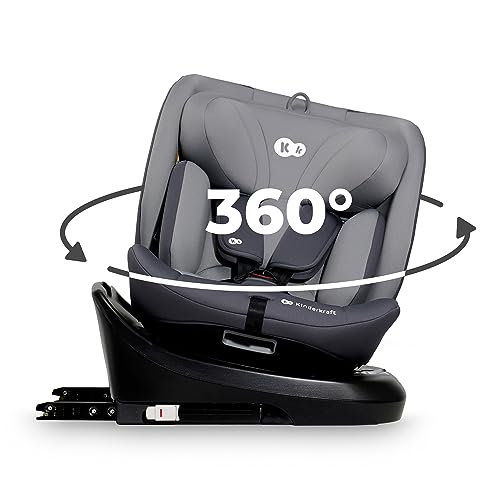Understanding Prams and Pushchairs: A Comprehensive Guide for Parents
When it concerns picking the best mode of transportation for youngsters, parents are often overwhelmed by the range of alternatives available. Prams and pushchairs are among the most typical options, and each has its own special functions catering to different needs. This short article dives deep into the world of prams and pushchairs, detailing their differences, advantages, downsides, and ideas for selecting the right one for your family.
What is the Difference Between a Pram and a Pushchair?
In the beginning glance, prams and pushchairs might seem comparable, but they serve different functions based upon a child's age and developmental stage. Below are the primary differences:
| Feature | Pram | Pushchair |
|---|---|---|
| Age Range | Normally for newborns as much as 6 months | Ideal for children 6 months and older |
| Design | Flat, horizontal lying position for newborns | Upright seating position; more versatile and mobile |
| Usage | Primarily for strolling with infants | May include several seating options and setups |
| Foldability | Often bulkier and less portable | Usually light-weight and foldable for simple transport |
Types of Prams and Pushchairs
Picking the best pram or pushchair can depend upon different aspects, including the type, features, and lifestyle of the household. Below are the main kinds of prams and pushchairs available in the market:
Prams
- Traditional Prams: Designed for newborns, they typically feature a deep and comfortable bassinet, making them perfect for young infants.
- Travel System Prams: These can transition from a bassinet to a young child seat, typically consisting of a baby safety seat for ease of travel.
Pushchairs
- Requirement Pushchairs: Offer an upright seat and appropriate for older babies and young children. They frequently include reclining abilities.
- Umbrella Pushchairs: Lightweight and highly portable, these designs fold compactly, making them best for travel.
- All-Terrain Pushchairs: Designed for rugged landscapes, they feature larger wheels and exceptional suspension systems for off-road abilities.
Advantages and Disadvantages
Benefits of Prams
- Convenience for Newborns: Their flat, horizontal design is best for the healthy back advancement of babies.
- Stylish Designs: Many prams featured classy aesthetics, appealing to fashion-forward parents.
- Spacious: They tend to provide a larger area for infants to move conveniently.
Disadvantages of Prams
- Bulkiness: They can be heavy and difficult to maneuver, making them less hassle-free for public transport or crowded spaces.
- Expense: Prams usually feature a higher cost tag compared to pushchairs.
Benefits of Pushchairs
- Mobility: Many pushchairs fold compactly and are lightweight, offering exceptional benefit for parents on the go.
- Flexibility: With numerous configurations offered, pushchairs can suit various stages of a child's growth.
- Simpler to Store: Their smaller size makes them much easier to save in compact areas.
Downsides of Pushchairs
- Less Comfort for Newborns: Most standard pushchairs disagree for very young infants unless designed with a reclining function.
- Resilience Concerns: Budget pushchairs might not hold up against extensive use compared to stronger pram models.
Tips for Choosing the Right Pram or Pushchair
Selecting the ideal pram or pushchair needs mindful factor to consider. Here are some crucial factors to keep in mind:
- Age Appropriateness: Consider your child's age. A pram might be preferable for a newborn, while a pushchair may be preferred for an older kid.
Lifestyle Compatibility:
- If you regularly travel or use public transport, a light-weight choice may be more convenient.
- For active families who delight in outside activities, a tough, all-terrain pushchair might be beneficial.
Storage Needs:
- Think about where you'll store the pram or pushchair, as some designs can use up substantial area.
- Budget plan Constraints: Prams can be expensive, particularly designer models. Determine functions that are crucial to you before buying.
- Safety Features: Always look for important security features like straps, brakes, and strength when choosing a pram or pushchair.
Frequently asked questions
1. At what age can my baby begin using a pushchair?
A lot of pushchairs appropriate for babies from six months, but some convertible models can safely accommodate younger babies when used with a safety seat or bassinet accessory.
2. Can I take a pram or pushchair on public transportation?
Many public transport systems accommodate prams and pushchairs, but it's wise to check specific policy standards ahead of time.
3. How can simply click the following website page keep my pram or pushchair?
Regular cleansing, examining for wear and tear, and lubricating moving parts will help in maintaining your pram or pushchair's performance and longevity.
4. Are travel systems worth the investment?
Travel systems can be an excellent financial investment for moms and dads who regularly travel, providing an all-in-one solution from cars and truck to stroller. They offer convenience and ease of shift, specifically for brand-new parents.
5. Exist prams and pushchairs with extra features?
Yes, many modern models come with features like cup holders, storage baskets, adjustable handles, canopies for sun shading, and even folding systems that can be operated with one hand.
Choosing between a pram and a pushchair is a decision that affects daily parenting routines. By comprehending the distinctions, advantages, and ideal options, families can make informed options that harmonize with their lifestyle needs. Whether it's a leisurely walk in the park with a pram or a daring outing with an all-terrain pushchair, the very best options frequently cause treasured memories and satisfying experiences for both moms and dads and children.

